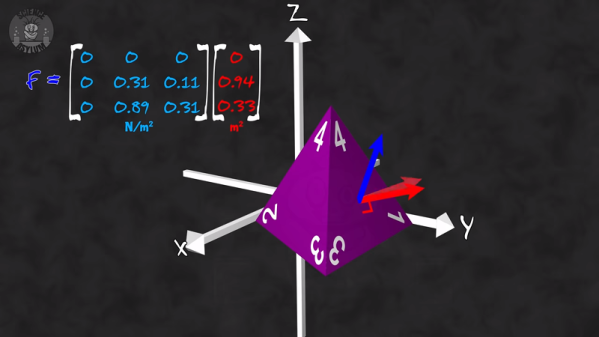We always enjoy [FloatHeadPhysics] explaining any math or physics topic. We don’t know if he’s acting or not, but he seems genuinely excited about every topic he covers, and it is infectious. He also has entertaining imaginary conversations with people like Feynman and Einstein. His recent video on tensors begins by showing the vector form of Ohm’s law, making it even more interesting. Check out the video below.
If you ever thought you could use fewer numbers for many tensor calculations, [FloatHeadPhysics] had the same idea. Luckily, imaginary Feynman explains why this isn’t right, and the answer shows the basic nature of why people use tensors.














